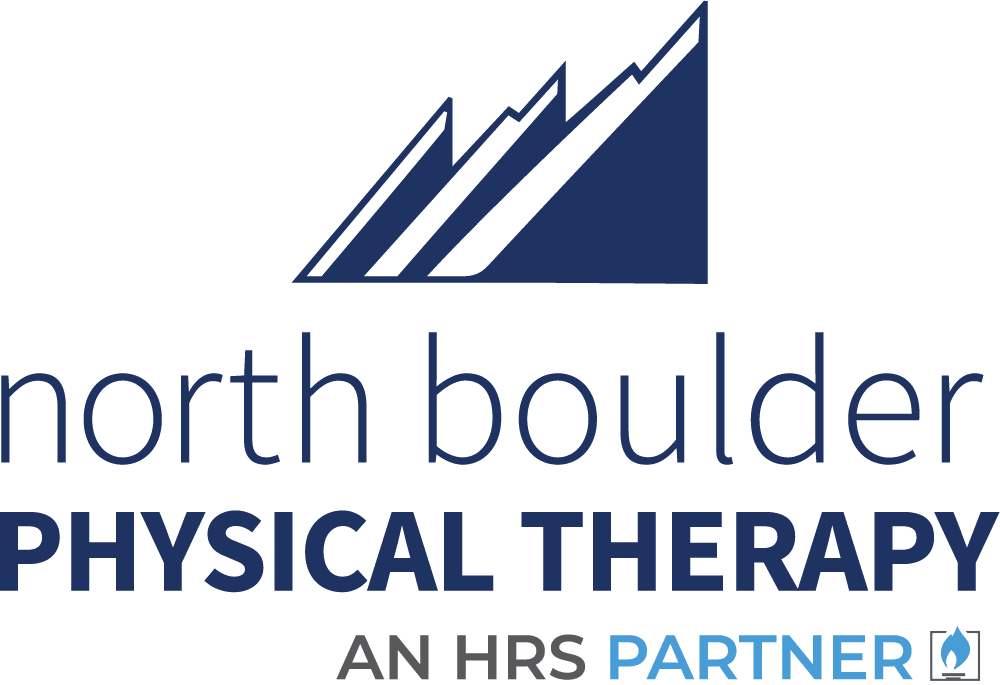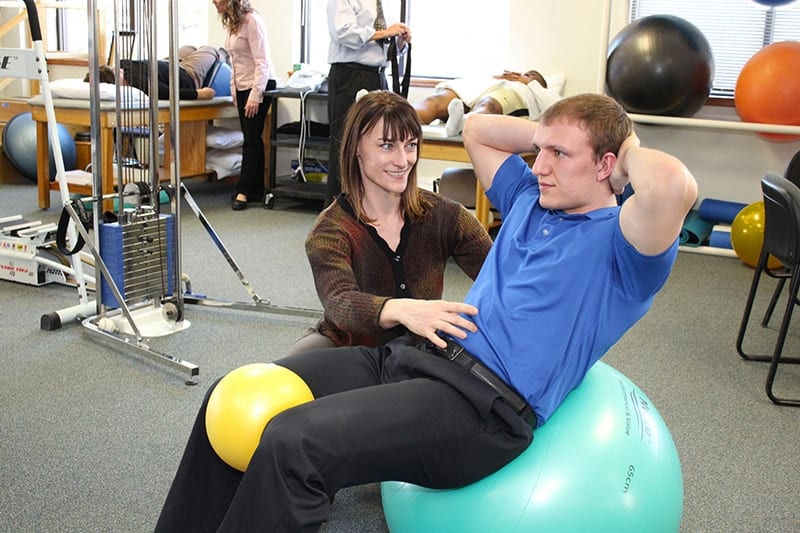Chances are you’ve come across the old dental health adage: “Floss the teeth you want to keep.”
The first time you spotted this sign in a dental office or heard the phrase uttered word-for-word
by the dentist probably elicited a giggle or a snarky remark. But once the humor of it washed
away, you more than likely had an a-ha moment. It just makes so much sense, doesn’t it?
Let’s try to apply this principle to other parts of the human body: What if you only stretched the
muscles you wanted to keep? What if you performed weight-bearing exercises to maintain the
strength of just a few of your more than 200 muscles? This is an extreme example, of course, but
without the guidance of a physical therapist, it’s possible that some parts of your
musculoskeletal system may be inadvertently neglected.
Physical therapists are trained to identify and treat a wide range of movement disorders
including sports injuries such as sprains and strains as well as conditions including arthritis,
Parkinson’s disease and stroke. The rehab professionals work closely with patients to develop
individualized plans based on thorough assessments and detailed patient histories. A
personalized care plan will include some combination of flexibility, strength, coordination and
balance exercises designed to achieve optimal physical function.
Physical therapists can address proper posture and body mechanics to help patients participate
in common daily activities, relieve pain and improve function. When it comes to keeping bones
healthy and reducing risk, for example, PTs can design an effective exercise program and
suggest healthy habits for the patient to adhere to.
And contrary to popular belief, you don’t need an injury or other painful ailment to schedule
time with a physical therapist. In fact, the therapy professionals encourage you to consider
visiting a PT as often as you schedule regular checkups with your dentist, primary care physician
or dermatologist


